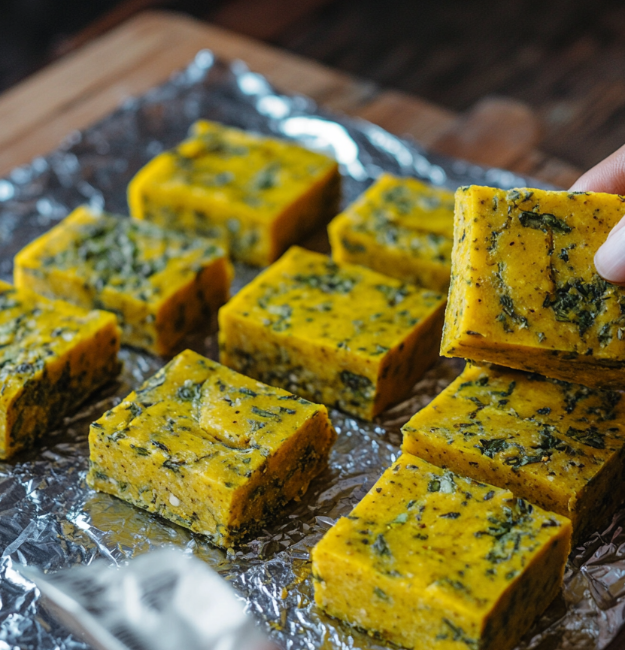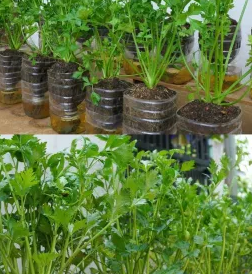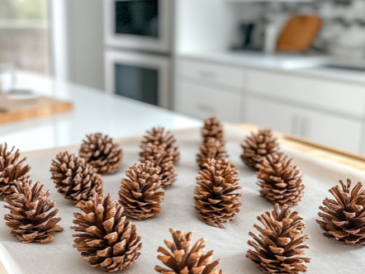Vegetable broth is a cornerstone of many kitchens, prized for its versatility and rich flavors. Whether you’re simmering soups, preparing stews, or enhancing risottos, a good broth can elevate your dishes to a new level. However, many store-bought broths are laden with artificial additives and preservatives, compromising the quality and taste of your meals. 🛑❌
But don’t worry—making your own vegetable broth at home is simple, customizable, and most importantly, chemical-free. In this detailed guide, we’ll walk you through a step-by-step process to create a nutritious and delicious vegetable broth that’s bursting with natural flavor and free from unwanted chemicals. 🧑🍳✨
Why Homemade Vegetable Broth? 🌿
Crafting your own vegetable broth is more than just a healthier choice—it’s an opportunity to experiment with fresh ingredients, tailor the flavors to your liking, and control the quality of what goes into your food. Here’s why homemade broth stands out:
- Chemical-Free: No hidden additives or preservatives.
- Nutrient-Dense: Packed with vitamins, minerals, and antioxidants.
- Customizable: Adjust the ingredients and flavors to suit your palate.
- Eco-Friendly: Use vegetable scraps and reduce food waste. 🌎💚
Ingredients for Homemade Vegetable Broth 🥕🍃
To create a well-rounded vegetable broth, you’ll need the following ingredients. Each brings its unique flavor, creating a balanced and hearty broth:
- 3 Carrots: Adds sweetness and depth.
- 1 Leek: For a mild, onion-like flavor.
- 2 Parsnips: Adds nuttiness and richness.
- 2 Root Parsley: An earthy taste to deepen the flavor.
- 1 Onion: Essential for savory base notes.
- 2 Garlic Cloves: Punchy and flavorful.
- 1/2 Kohlrabi: Slightly sweet and similar to turnips.
- 1/2 Celeriac & Leaves: Provides a fresh, celery-like flavor.
- 1 Turmeric: Anti-inflammatory with a warm, earthy color. 🌿🟡
- A Handful of Fresh Parsley: Brightens the broth.
- Sunflower Oil: For sautéing aromatics.
- 80 Grams of Salt: Or adjust to taste.
Pro Tip: Feel free to experiment with other veggies or herbs depending on your preferences and what’s in season. Seasonal produce can bring exciting new flavors to your broth. 🌱
Step-by-Step Instructions for the Perfect Vegetable Broth 🍲🧄
1. Sauté the Aromatics 🧅
Start by heating a splash of sunflower oil in a large pot over medium heat. Add sliced onions and minced garlic, sautéing until they’re soft and fragrant. This is the base of your broth, laying down those first layers of flavor.
2. Add the Vegetables 🥕
Once your onions and garlic are aromatic, toss in your chopped vegetables—carrots, parsnips, root parsley, kohlrabi, and celeriac root. Stir the mixture and cook for several minutes, letting the vegetables release their natural flavors and sweetness. This step builds a richer, more complex broth.
3. Simmer Gently 🔥
Pour in enough water to cover the vegetables completely (usually about 10 to 12 cups). Add the turmeric, salt, and the stems of parsley for additional depth. Bring the pot to a gentle simmer, then cover and let it simmer for about 30-40 minutes. This slow cooking process draws out all the flavors, creating a robust and aromatic broth. 🌿
Pro Tip: The longer the broth simmers, the richer it will taste. But avoid boiling too rapidly, as this can lead to a cloudy broth.
4. Strain the Broth 🥄
Once your vegetables are fully cooked and the broth is golden and fragrant, remove the pot from heat. Let it cool slightly before straining through a fine mesh sieve or cheesecloth to remove the solids. Compost the leftover vegetables or use them in another recipe to minimize waste. ♻️
Immediate Enjoyment vs. Future Glory 💡🍲
Once strained, you’re left with a rich, golden broth that you can either enjoy immediately or store for future use.
Immediate Use:
Pour a steaming bowl of your freshly made broth and enjoy it in soups, stews, or even as a comforting hot drink. You’ll immediately taste the difference—no additives, just pure, wholesome flavor. 🥣
Storing for Later:
If you’re not using the broth right away, allow it to cool and store it in airtight containers. Keep it in the refrigerator for up to one week or freeze it in smaller portions for up to three months. Frozen broth is perfect for quick weekday meals, adding depth to soups, risottos, and even grain dishes like quinoa or rice. ❄️🍚




